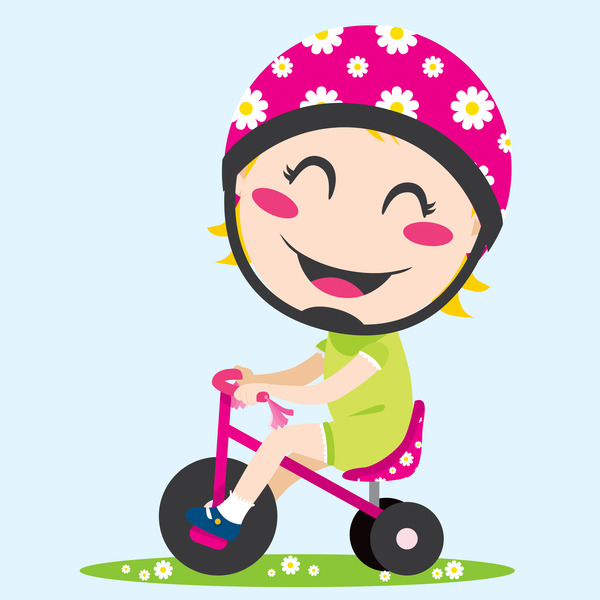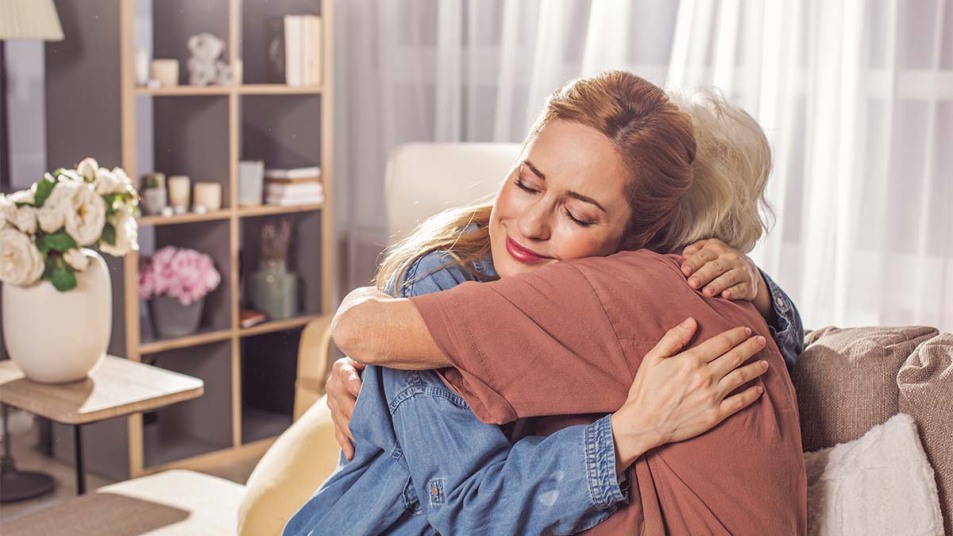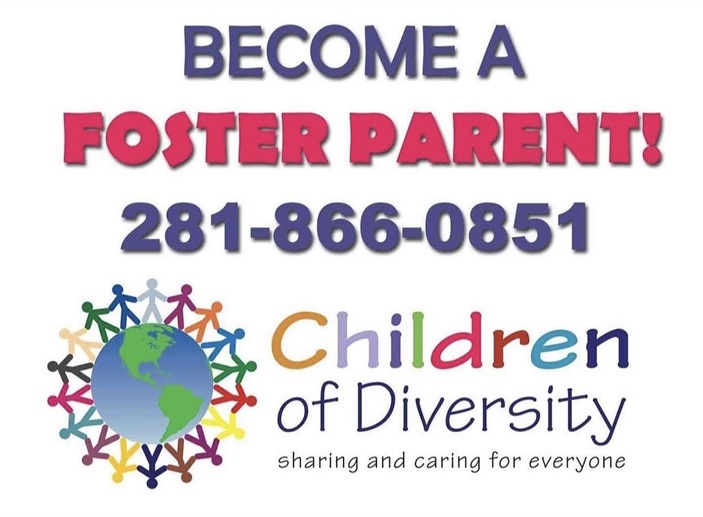The Balance of Fun and Learning – Promoting Physical Play for Toddlers

Playtime for toddlers is not just fun and games – it builds crucial skills for development. The good folk at Woom bikes say that physical activities like riding a lightweight bike for kids promote muscle growth, coordination, and sensory learning through self-directed play.
Develops Leg and Core Strength
Riding a balance bike is powered by a toddler’s own leg strength. Pushing the pedal-free bike forward with their feet and gliding along builds muscle in their calves, quadriceps, hamstrings, and glutes. They work core abdominal muscles too as they balance and steer the moving bike. As toddlers scoot faster and further, their leg and core muscles adapt and get stronger. This progressive muscle development provides a sound foundation for more complex physical skills like running, jumping, and pedaling a bicycle.
Improves Balance and Stability
Toddlers have a naturally high center of gravity and lack steadiness compared to older kids. Simply walking can be wobble-filled endeavor. Scooting on a lightweight balance bike teaches them to find and control their center of balance through slight steering adjustments. Moving faster and even lifting feet off the ground for a coasting glide forces them to strengthen equilibrium skills.
Enhances Hand-Eye Coordination
A bike’s handlebars provide little hands with a tool to experiment and play. Kids quickly learn how much pressure and movement they need to steer the lightweight bike in different directions. Making slight steering adjustments to stay balanced and maneuver around obstacles enhances hand-eye coordination.
Builds Spatial Awareness
Simply riding around the driveway, backyard and neighborhood on a balance bike expands a toddler’s understanding of directionality and space. Pushing themselves forward teaches cause-and-effect between leg power and bike movement. Seeing how their body movements make the bike go, turn, and stop builds spatial awareness.
Encourages Problem Solving
Through self-directed play on a balance bike, toddlers gain practical experience using creative thinking and reasoning to overcome problems. They learn to steer around obstacles in their path or move their bodies to regain balance after hitting a bump. When a pile of leaves or a stick brings them to a halt, they must experiment with solutions to get rolling again. Trial and error in a safe environment encourages problem-solving skills for everyday challenges.
Builds Confidence
Zooming around under their own power gives toddlers an incredible feeling of independence. The self-assurance that comes with controlling speed and direction lays a strong foundation of confidence. As new riders gain competence, their self-belief grows too. Trusting their own physical abilities makes them more willing to try new challenges and activities as they grow.
Promotes Family Bonding
Rather than isolated play in the driveway, involve the whole family in getting kids comfortable on their balance bikes. Head to the park together and let the toddlers lead the way as everyone rides bikes. Explore new neighborhood walking paths as a family. Pack a picnic and make a day of it.
Fosters a Love of Play
A balance bike shows toddlers just how much fun physical play can be. Zooming around with the wind against their face puts smiles on faces. The delight and satisfaction from independently riding a bike motivates them to continue refining skills through regular practice.
Conclusion
At the heart of all development is play. For toddlers, self-directed physical activities provide enriching opportunities to explore and learn through fun. A lightweight balance bike lets them strengthen young muscles, enhance coordination, and build confidence at their own pace. This magical combination of play and skill-building shapes a lifetime of active learning. Watching your little one gain independence on their very first set of wheels is a milestone to be celebrated.



